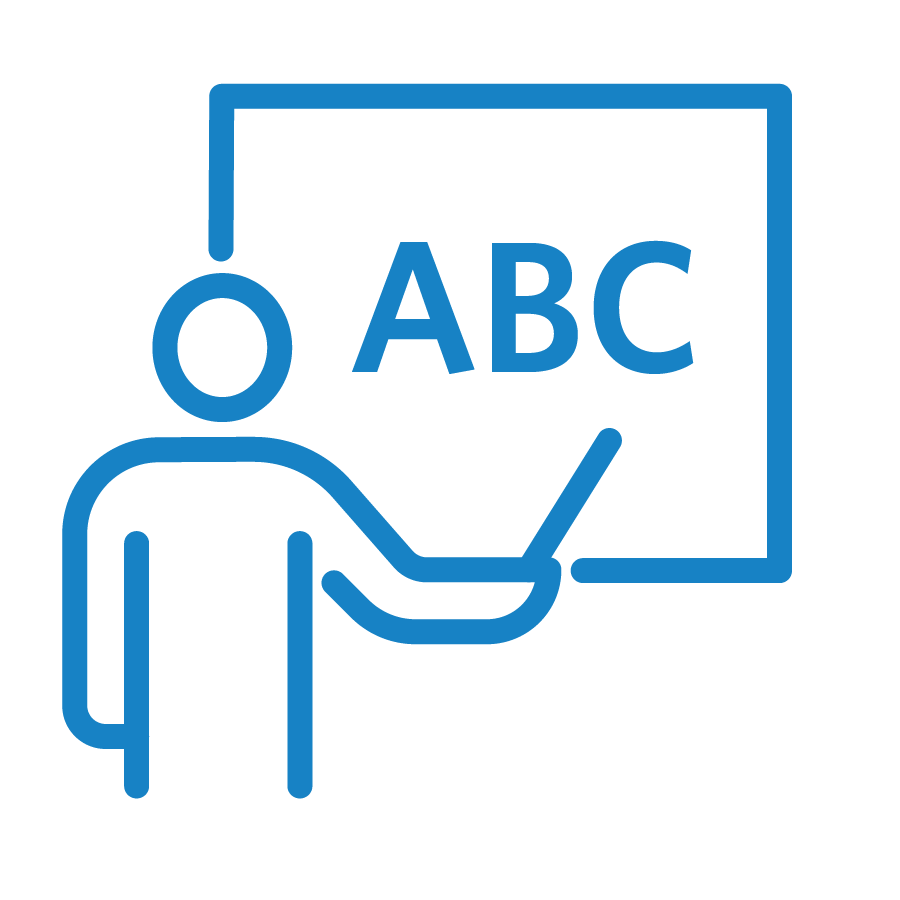Filter resources by:
Select a filter from the drop down menu to apply the filter. Page reloads upon selection
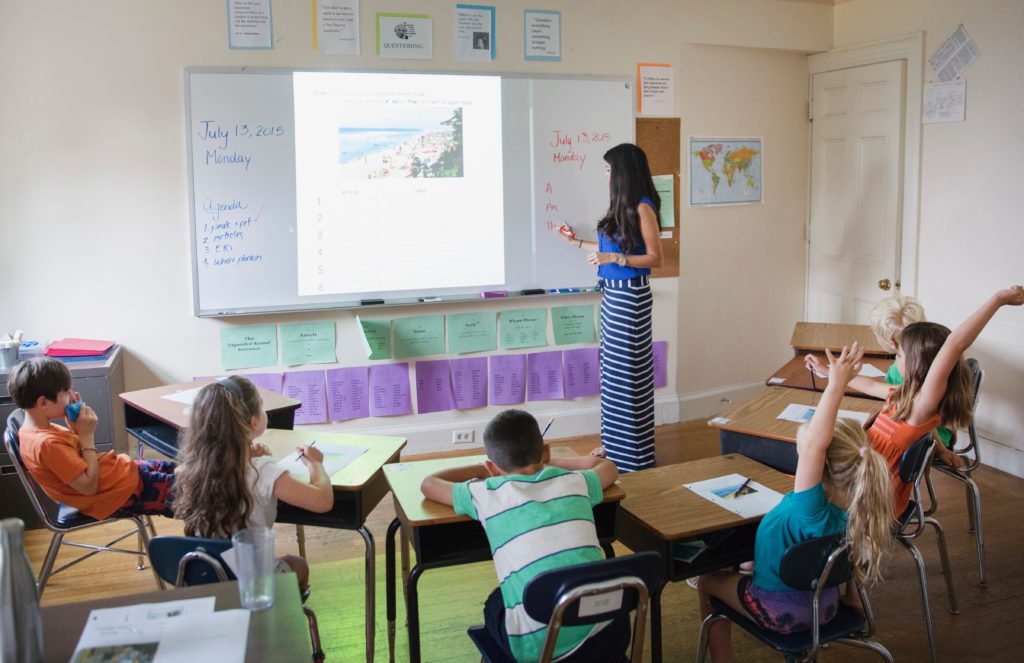
Aug 29, 2017
Language-Based Classroom Environment
Students in a language-based classroom benefit from small group instruction, ideally with 3-7 students. As a result, ample opportunities exist for teacher modeling, facilitated discussion, positive reinforcement, informal assessment, and most importantly, practice and review of information. In addition, certified, experienced and professionally trained teachers should deliver instruction, in collaboration with corresponding specialists such as
Read Strategy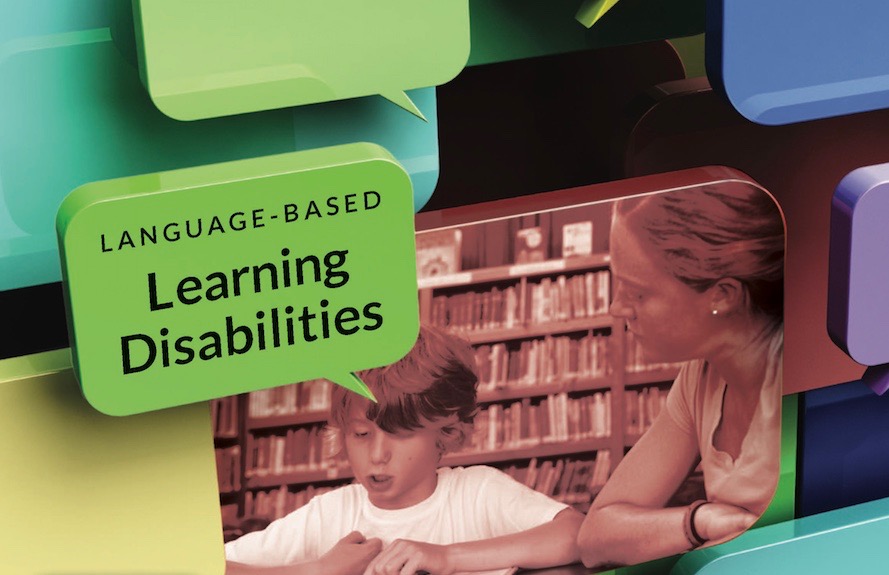
Jun 16, 2017
What are Language-Based Learning Disabilities (LBLD)?
Like all learning disabilities, LBLD results from a combination of neurobiological differences (variations in the way an individual’s brain functions) and environmental factors (e.g., the learning setting, the type of instruction). The key to supporting students with LBLD is knowing how to adjust curriculum and instruction to ensure they develop proficient language and literacy skills.
Read Strategy
May 18, 2017
Using Appropriate Technology to Access Curriculum
May 18, 2017 Technology Review While there are a variety of technological tools that can be used to aid students as they access curriculum, technology should never replace skill instruction. Teachers should be intentional about which programs and apps they choose to incorporate, as well as how they plan to utilize them within their lessons. Technology
Read Strategy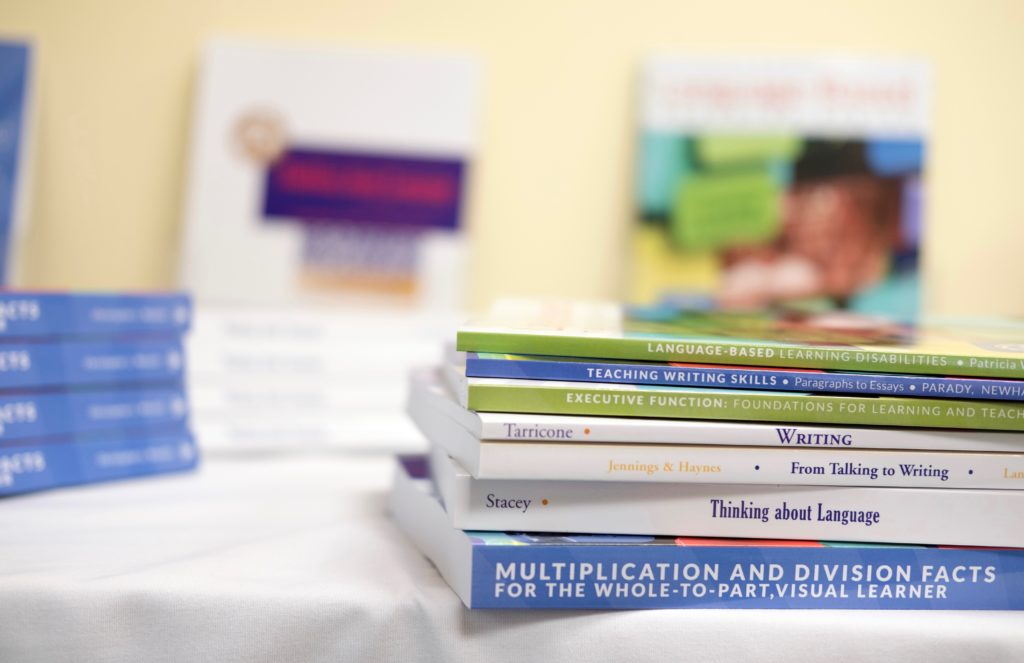
Feb 8, 2017
Landmark’s Six Teaching Principles™
Teaching Principle #1: Provide Opportunities for Success Providing students with opportunities for success is key. Failure and poor self-esteem often result when teachers challenge students beyond their ability. Landmark begins teaching students at their current level of ability. This approach improves basic skills and enhances confidence. As Landmark teachers introduce each new skill, they provide
Read Strategy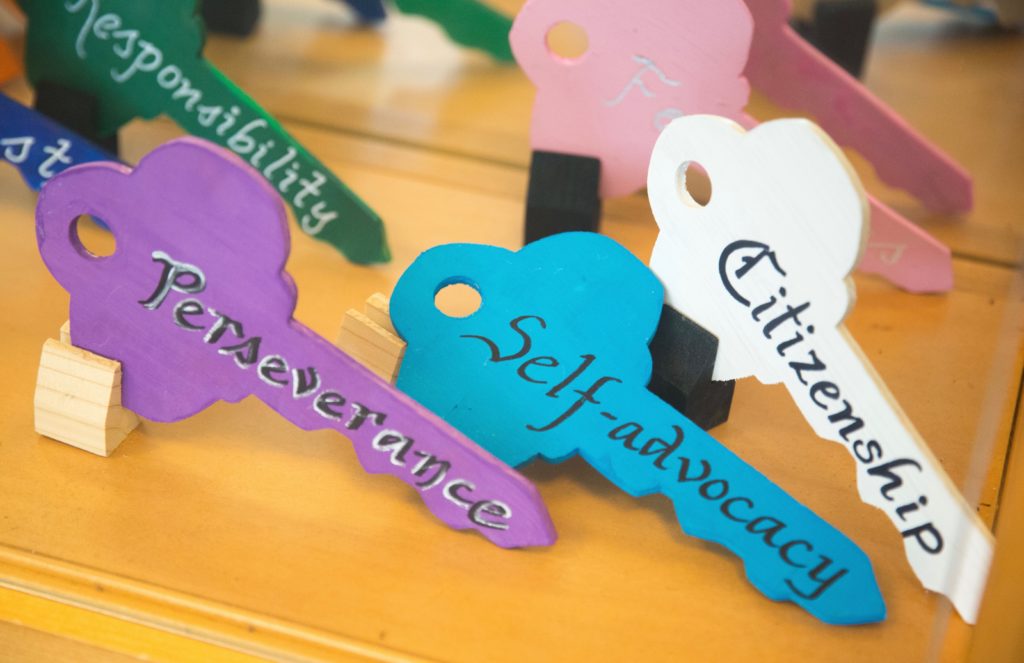
Sep 13, 2016
Lesson Planning Strategies
Strong lesson planning strategies are the cornerstone of good teaching. Many of our resources have focused on working memory and processing speed under the umbrella of Executive Function. Within those two topics, the role of anxiety and the fundamentals of Cognitive Load Theory have also been introduced. Executive Function: Dr. Thomas E. Brown’s article explores
Read Strategy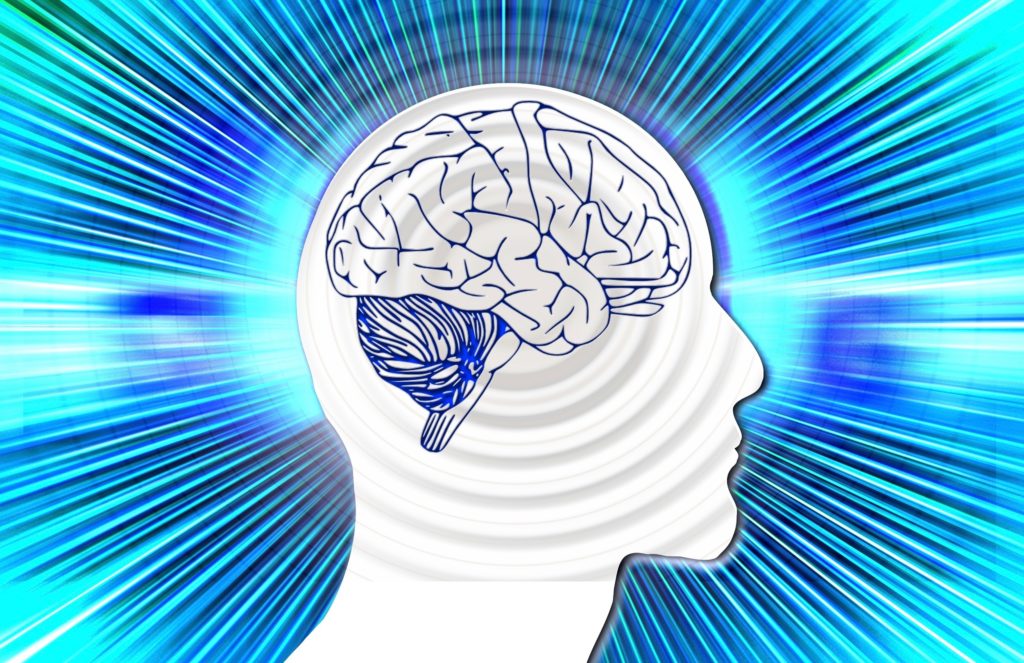
Sep 7, 2016
Cognitive Load Theory
What is Cognitive Load Theory? Cognitive Load Theory (CLT) supports the idea that students can learn only if their mental capacity is not overloaded. In relation to this theory, it is important to be aware of the amount of information a student is asked to learn. When an overload occurs, there is often an increase in
Read Strategy
Sep 5, 2016
Processing Speed: Classroom Strategies
Slow processing speed can impact student performance in the classroom. Processing speed is simply the speed at which someone does something. It involves the ability to perceive information (auditory or visual), understand that information, and then formulate a response, whether oral, written, or physical. This process can be cumbersome, as it takes larger amounts of
Read Strategy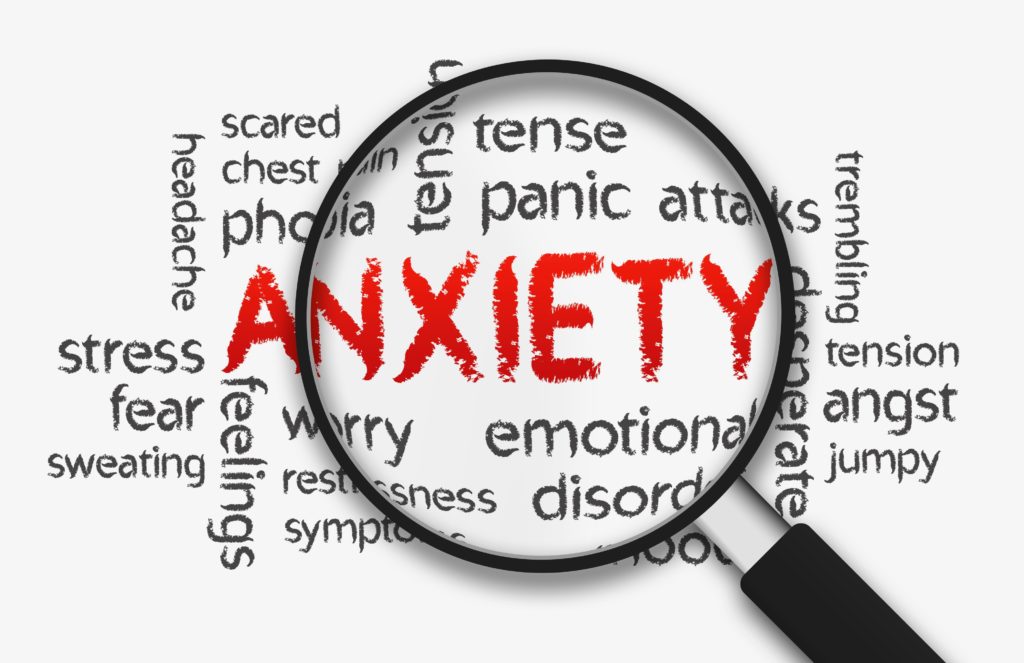
Sep 2, 2016
Working Memory and Anxiety
How Does Anxiety Impact Working Memory? Based on the above information, students with working memory deficits experience anxiety within the classroom because of their inability to keep up in general. In addition, high anxiety puts demands on your working memory. “Your emotional state can play a role in working memory performance, which can in turn
Read Strategy
Sep 2, 2016
Understanding Processing Speed
There are three main components when considering processing abilities: visual processing: how quickly our eyes perceive information and relay it to the brain (such as reading directions) verbal processing: how quickly we hear a stimulus and react to it (such as following oral instructions) motor speed: fine motor agility (academic fluency such as timed math worksheets) How
Read Strategy